By Christopher Miskimon
The cacophony of naval gunfire proved so thunderous it left some marines in a stupor. Dark smoke roiled thousands of feet in the air from the bombardment of Peleliu, a small island in the Palau Islands. It was September 15, 1944. Marines in amtracs and Higgins Boats moved steadily toward the landing zones on the island’s southwest side. BAR man Pfc. Sterling Price watched a flight of Hellcats roar overhead, their machine guns chattering. Once they were close enough, the water around the landing raft churned from the impacts of bullets and shrapnel. The shellfire had not killed all the defenders; the Marines were in for a fight.
The amtracs struck a coral reef hard enough to knock most of the Marines off their feet before the tracks found purchase and ground their way over them. Corporal James Young saw a boat take a direct hit from a shell. “Marines were spinning around in the air just like in slow motion, flopping back into the water.” Men in the later assault waves recalled seeing dead Marines all around the coral reef. The survivors went grimly forward; there was nowhere else to go.
Even the famed Colonel Lewis B. “Chesty” Puller, a veteran of Guadalcanal and Cape Gloucester, found the landing a harrowing experience. He got out of his amtrac “up and over that side as fast as I could scramble and ran like hell at least twenty-five yards before I hit the beach flat down,” he later stated. To his left sat a large promontory, soon to be known as “The Point,” which seemed so far untouched by gunfire or aerial bombs. Atop this position sat five reinforced concrete pillboxes armed with machine guns and 47mm cannon, which the Japanese used to great effect on the beaches below.
Puller sprinted across the beach as shrapnel and coral splinters flew through the air. Looking back, he saw the amtrac which had brought him to shore explode, killing most of its crew. “Crossing the beach was like running between raindrops,” Pfc. Joe Clapper recalled, “You just got the hell off the beach.” So many Marines lay wounded that the cries for corpsmen filled the air between explosions of mortar bombs and grenades. Soon Japanese soldiers began to cry “Corpsman!” as well, hoping to lure the lifesavers into the sights of a sniper or machine gun team. As bad as it all was, the first wave made it to shore with relatively few casualties. Japanese fire increased afterward against the following waves, causing even more death and injury among the Marines struggling to reach shore.
The Pacific War is notable for the horrible, unrelenting combat which occurred across scores of islands during the myriad landing operations. Peleliu stands out even among them as an example of how difficult, terrifying, and deadly the island-hopping campaign in the Pacific could be. Even so, it is less well-known than Guadalcanal, Iwo Jima, Okinawa, and other battles which were equally bad. Bitter Peleliu: The Forgotten Struggle on the Pacific War’s Worst Battlefield (Joseph Wheelan, Osprey Books, Oxford, UK, 2022, 336 pp., maps, photographs, notes, bibliography, index, $30, hardcover) sheds light on an action which deserves to be as heralded for the sacrifice and courage of the Marines and soldiers who fought there.
The author examines the reasons for Peleliu’s relative obscurity, including Allied intelligence failures, strategic miscalculations and a shift in Japanese tactics designed to bloody any invader. Aside from an insightful analysis of the higher-level planning and decision making, the book also delves into the experiences of the men on both sides who struggled on this island for well over two months, where 38.5 percent of the Americans engaged became casualties. The writing is well constructed and the narrative equally well crafted. This book is a good choice for those who wish to know more about Peleliu, why and how it was chosen for invasion and how the men who fought there struggle through to a hard-won victory.
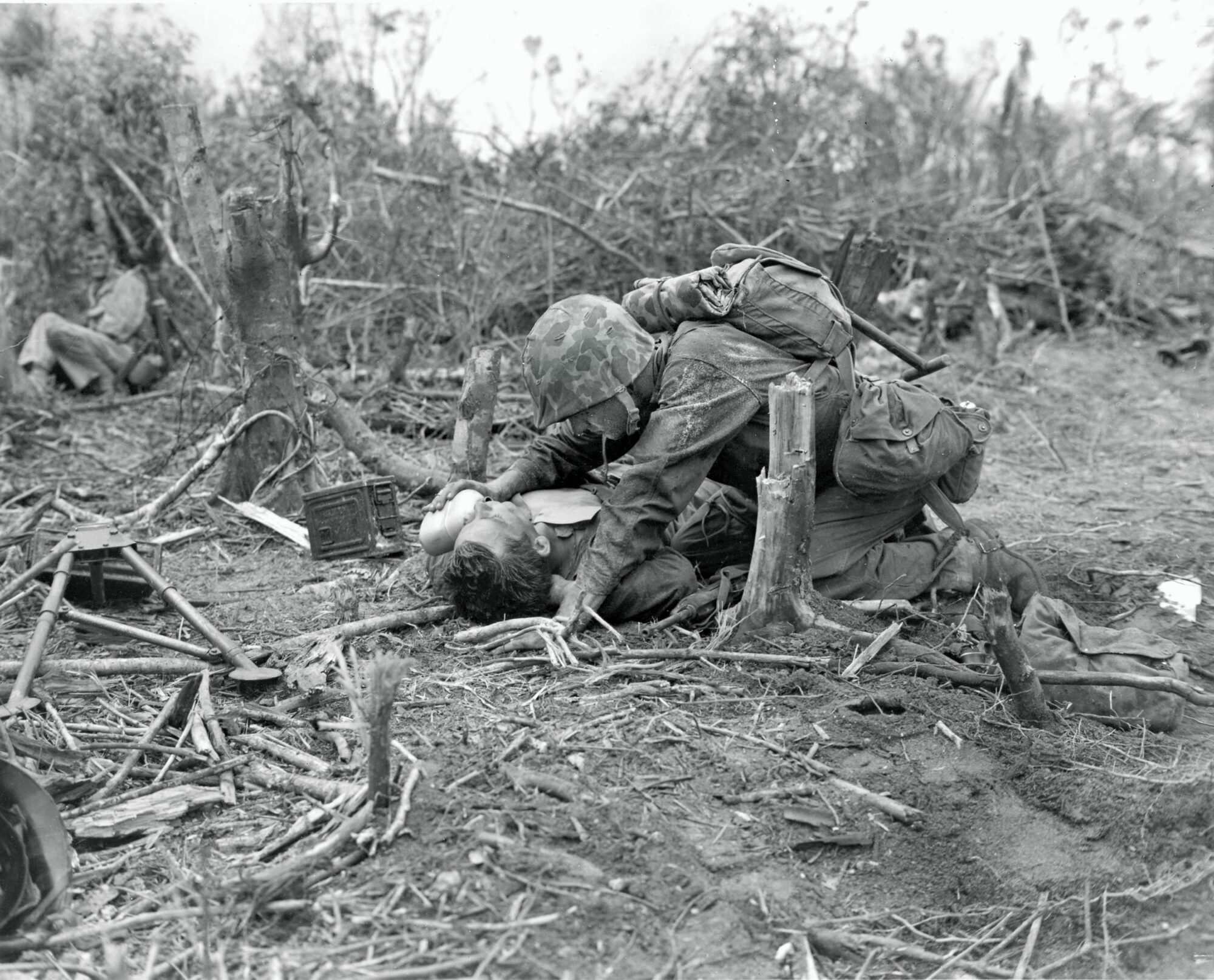
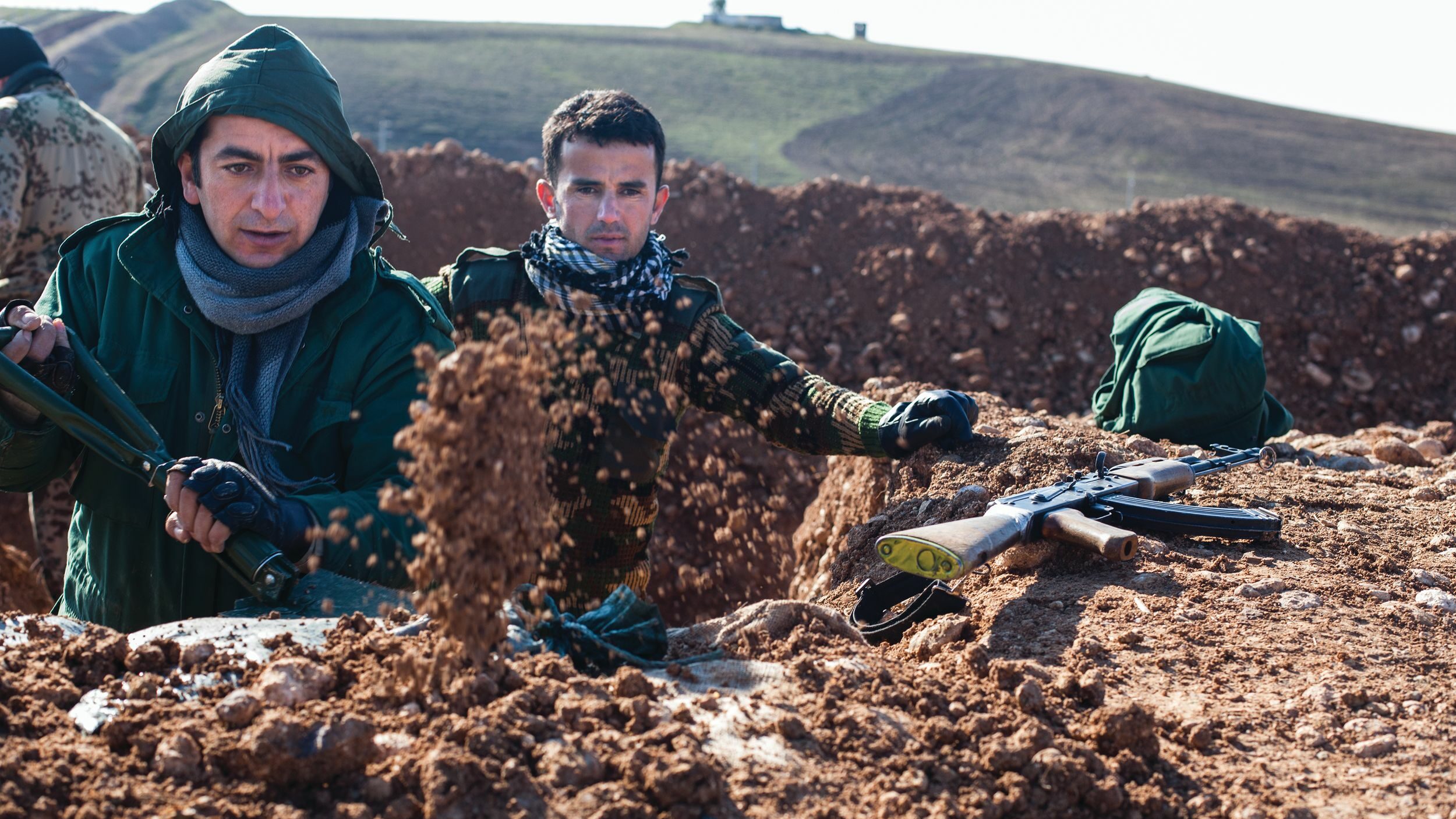
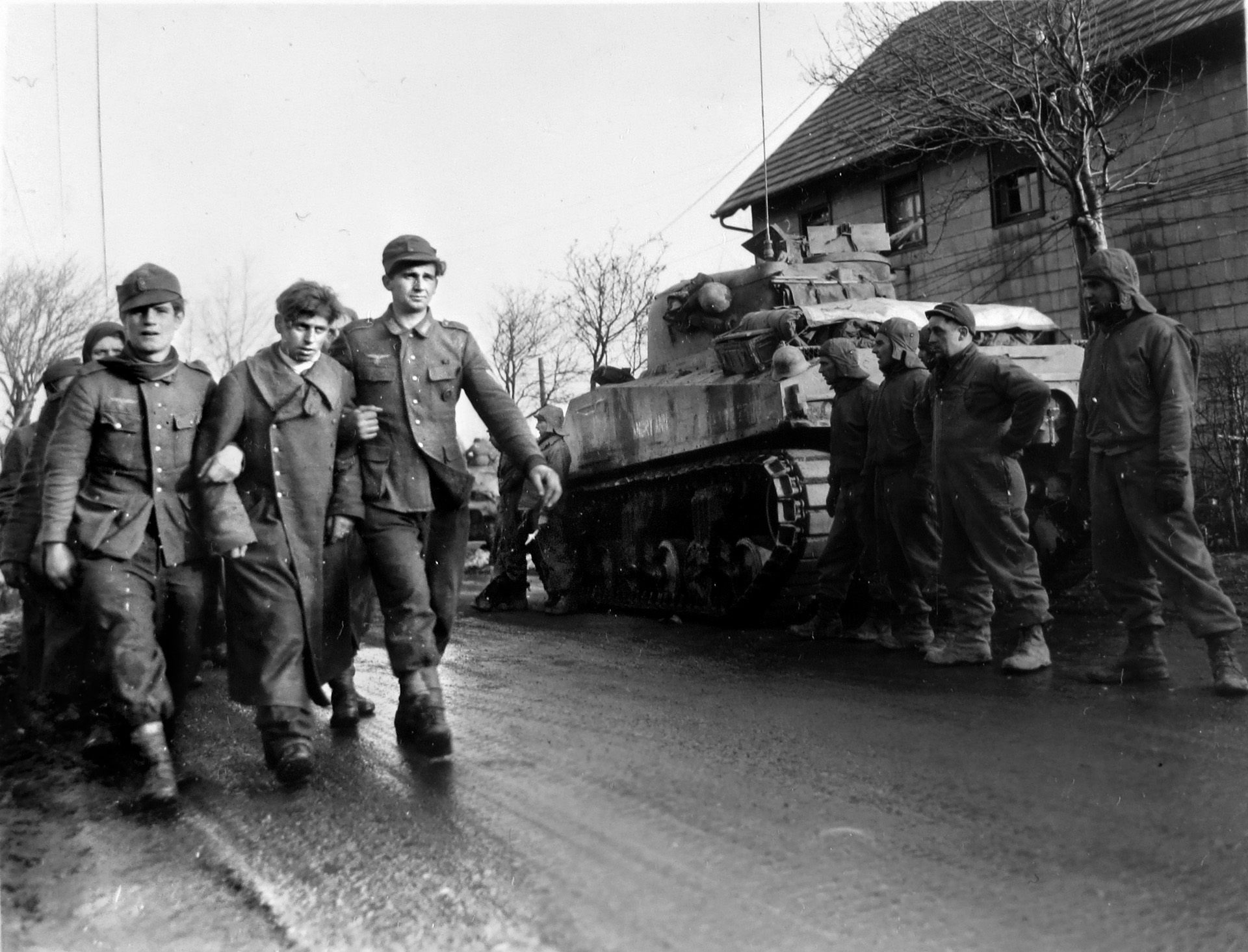
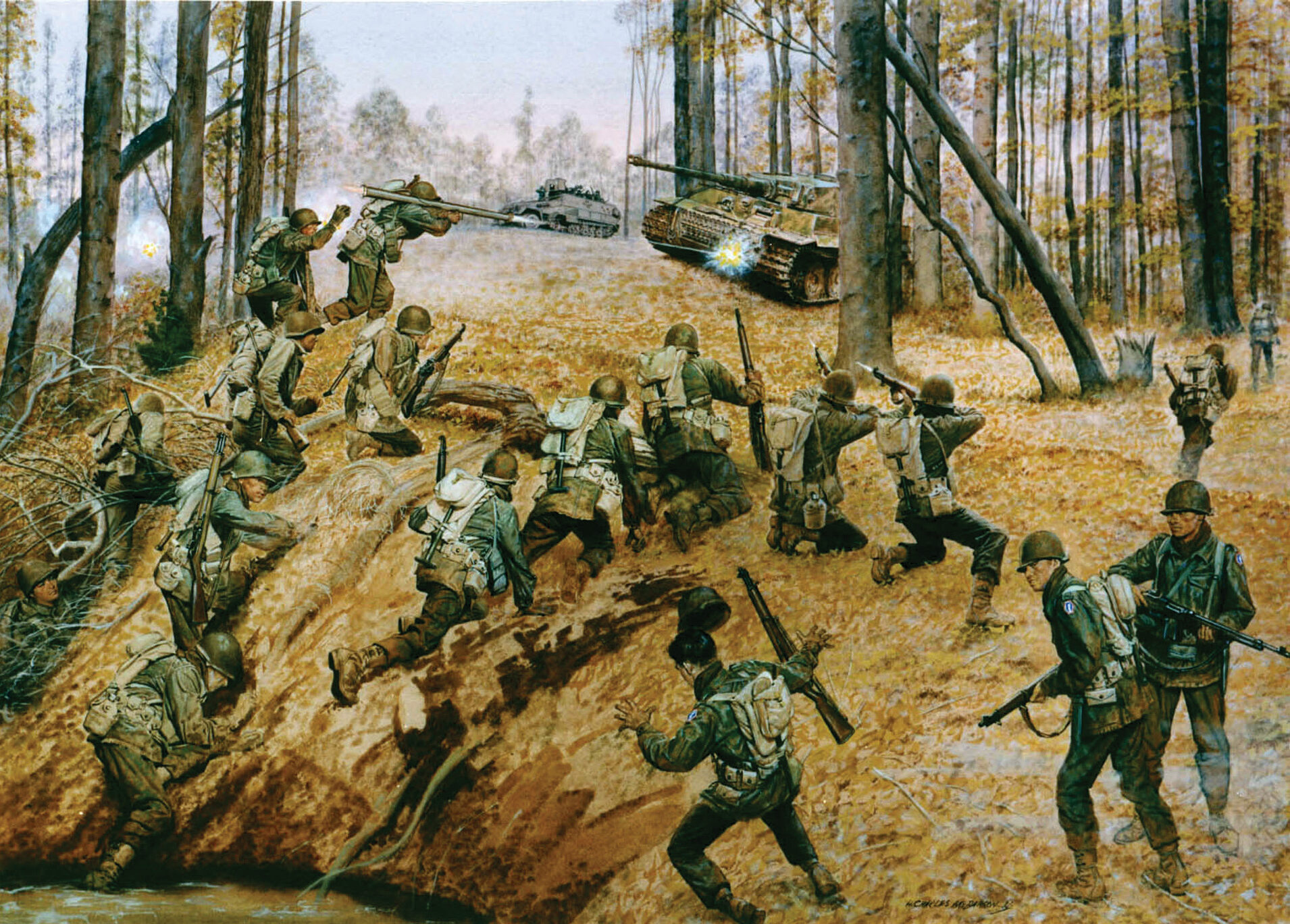
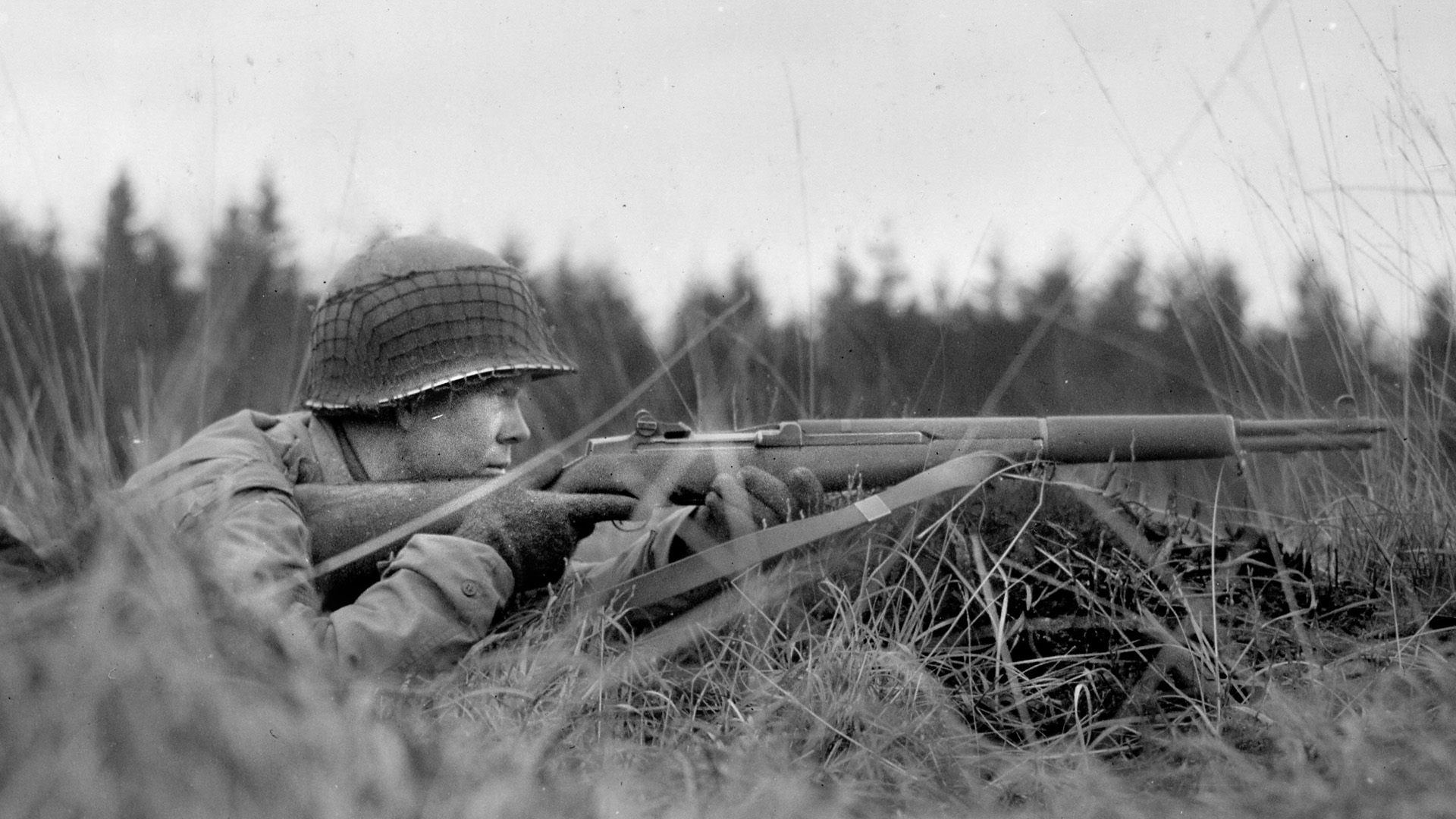
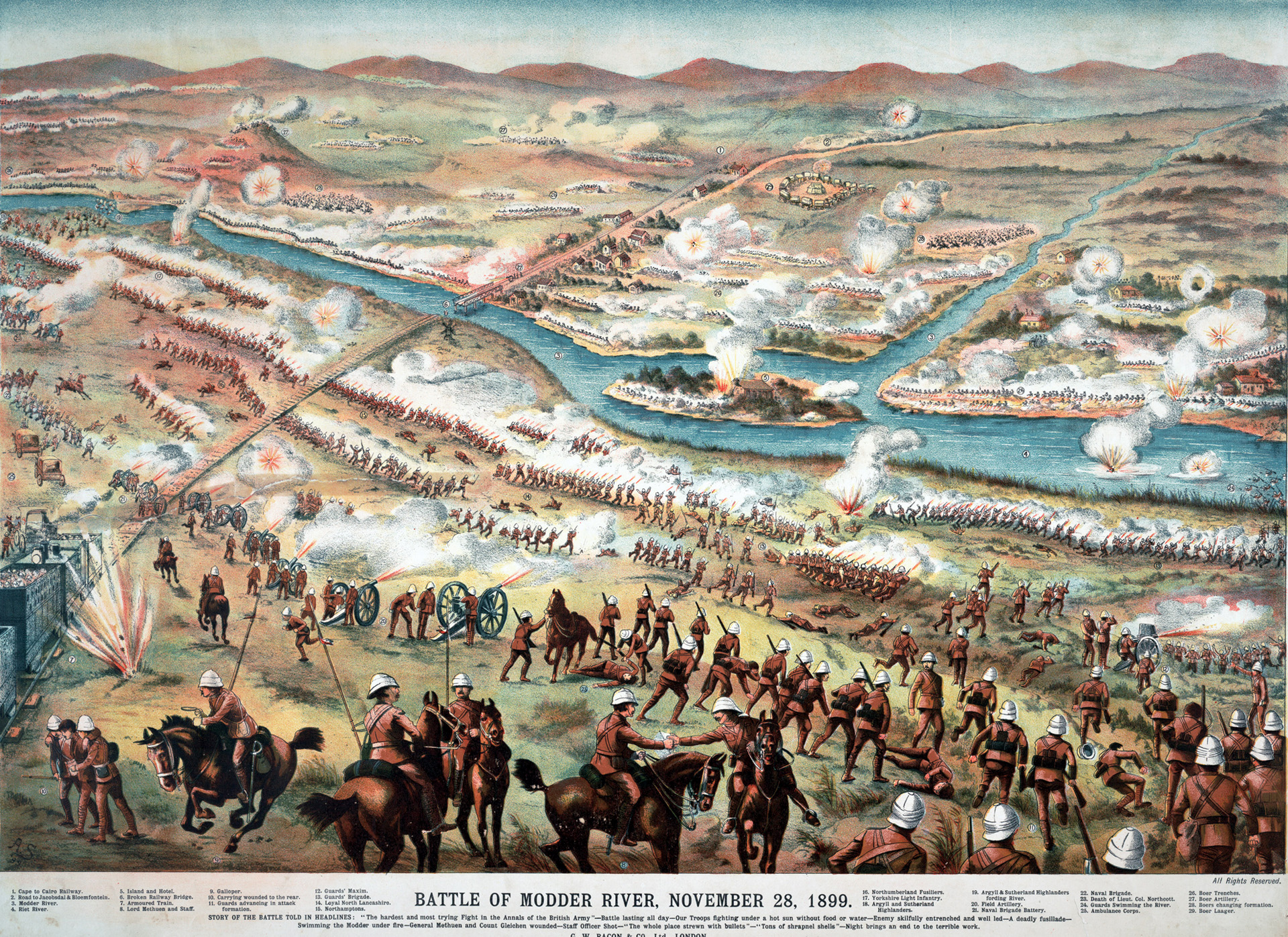
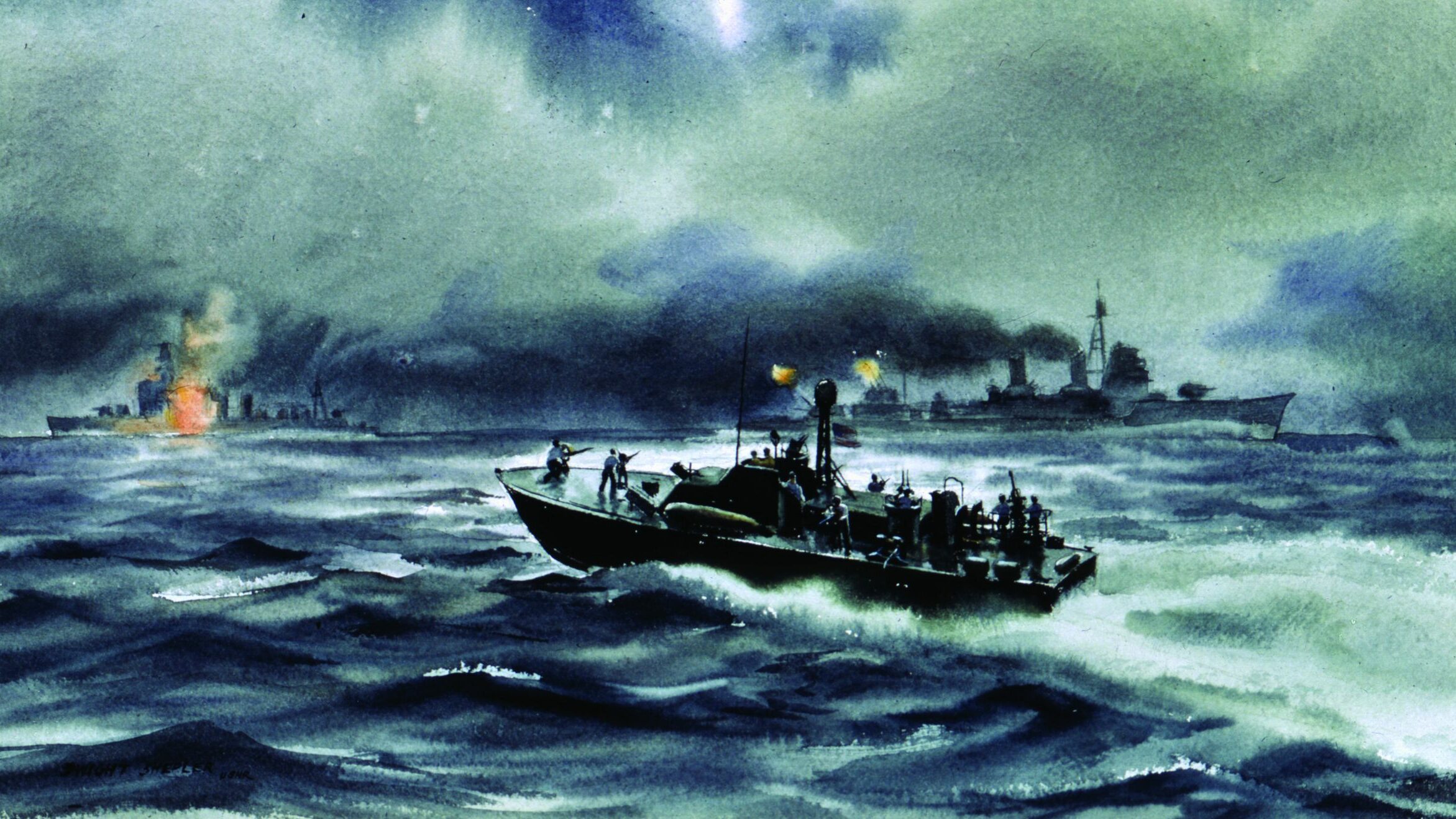
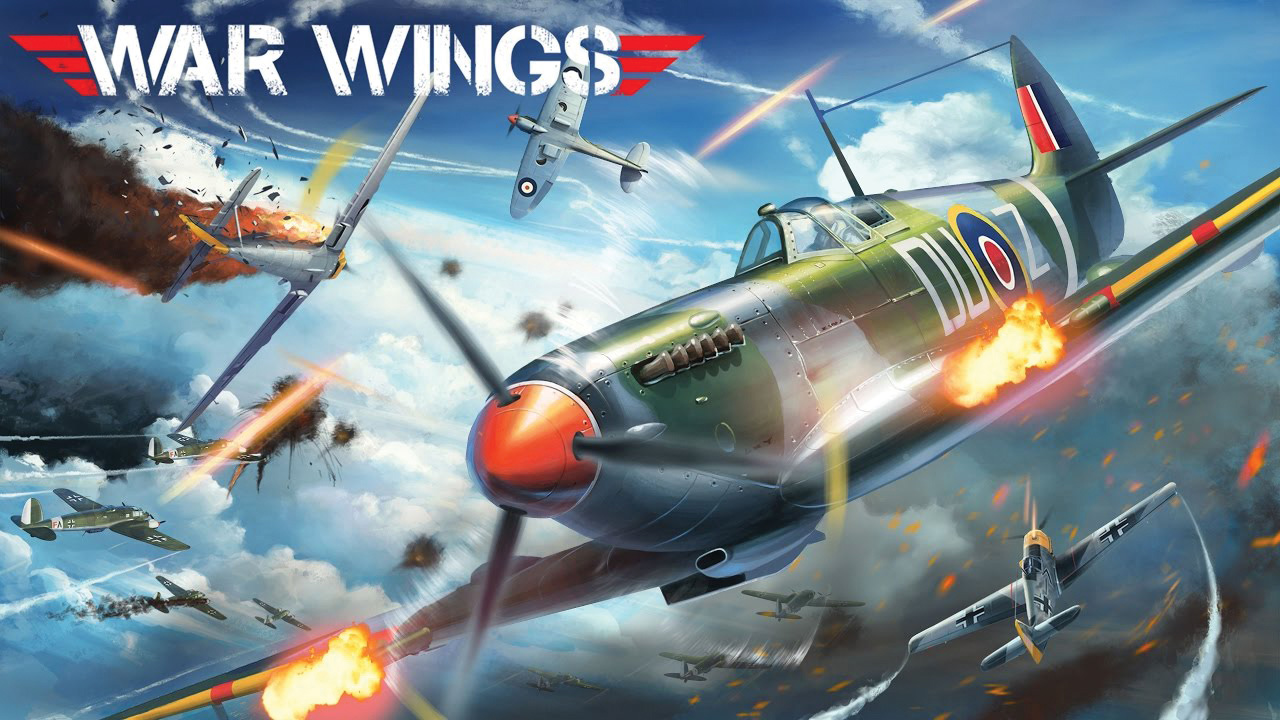
Join The Conversation
Comments
View All Comments